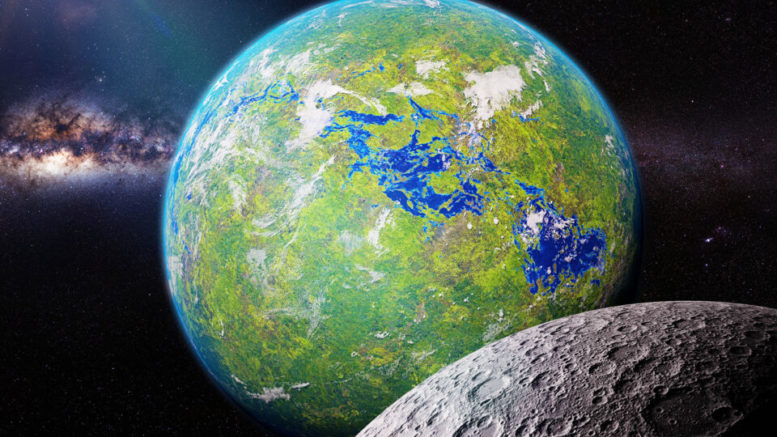The recent discovery of the super-Earth TOI-715 b, situated within the conservative habitable zone of a nearby red dwarf star, has sparked excitement within the scientific community. This finding, led by researchers at the University of Birmingham, represents a significant advancement in our exploration of potentially habitable exoplanets.
TOI-715 b, approximately one and a half times the size of Earth, orbits its parent star within a zone that could support liquid water on its surface—a key factor for habitability. While additional factors, such as atmospheric conditions, also influence a planet’s suitability for life, the presence of TOI-715 b in this conservative habitable zone offers promising prospects for further investigation.
Moreover, the possibility of a second Earth-sized planet within or near this habitable zone within the same planetary system enhances the likelihood of finding signs of life or habitable conditions beyond our solar system.
This discovery comes at an opportune time, coinciding with the deployment of advanced spaceborne instruments like NASA’s James Webb Space Telescope. Such instruments enable not only the detection but also the characterization of distant exoplanets, paving the way for detailed studies of their atmospheres and potential biological activity.
TOI-715 b’s short orbital period of 19 days allows for repeated observations, facilitating in-depth analyses of its characteristics. Additionally, red dwarf stars like the one hosting TOI-715 b are prime targets in the search for habitable worlds due to their smaller size and cooler nature, which permit planets to orbit closer while remaining within the habitable zone.
While the concept of habitable zones, often referred to as the “Goldilocks zone,” provides a framework for identifying potentially life-supporting planets, the presence of liquid water alone does not guarantee habitability. Factors such as atmospheric composition and the star’s characteristics also play critical roles.
As the search for exoplanets within habitable zones continues to expand, fueled by advancements in telescope technology and space missions, scientists aim to unravel the mysteries of life beyond Earth. By understanding the conditions under which life might arise elsewhere in the universe, humanity takes significant strides toward answering one of its most profound questions: Are we alone?

